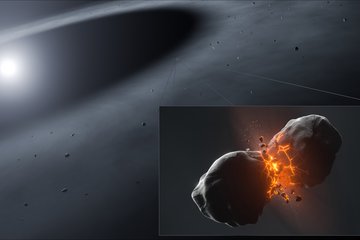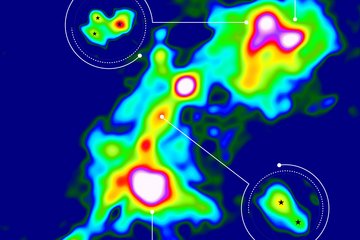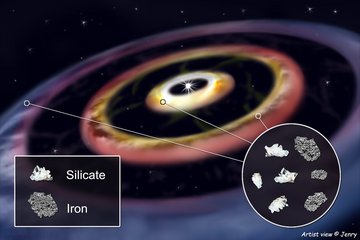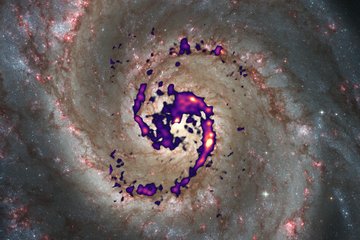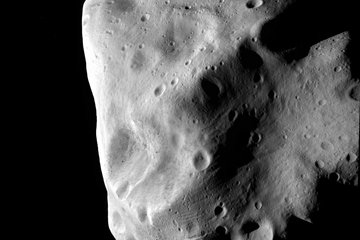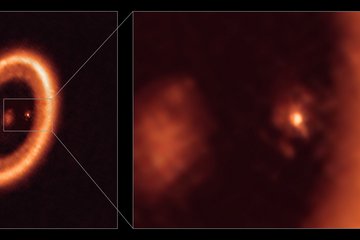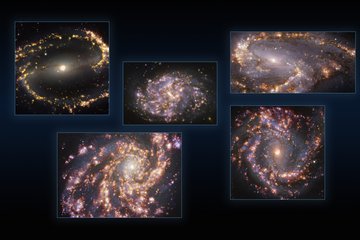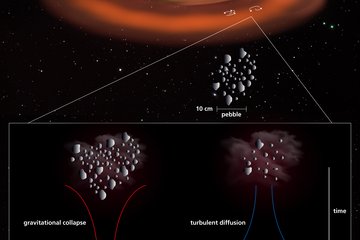Molecular Cloud and Disk Chemistry
There is a wealth of molecules out in the Universe constituting the material of galaxies, stars, planets and everything in between. Surprisingly chemically rich, various cosmic environments reveal distinct degrees of chemical complexity that we can study via multi-wavelength observations of molecular emission lines.
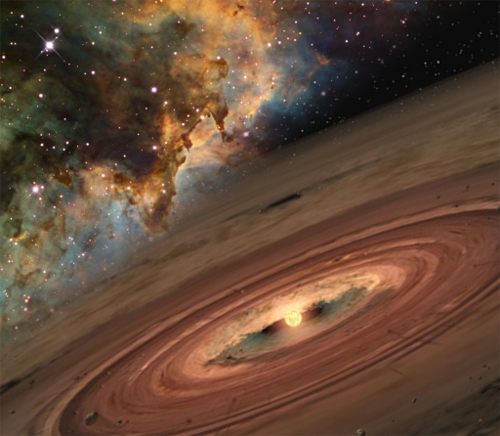
To date, more than 200 molecules in interstellar space have been detected. They range from simple diatomic molecules like H2 and CO to very large fullerenes, C60 and C70, and also include essential ingredients for the origin of life such as water, alkanes, alcohols, ethers, precursors of sugars and amino acids, and P- and S-bearing species.
By observing their emission spectra, we can probe physical properties of extremely distant objects such as temperature, densities, kinematics, evolutionary stage, intensities of high-energy irradiation, etc. We can then learn of the processes that governs the formation and evolution of the astronomical objects that we study.
With new, very sensitive observational facilities like the Atacama Large Millimeter Array (ALMA), NOrthern Extended Millimeter Array (NOEMA), Very Large Array (VLA), Very Large Telescope (VLT), SOFIA, and in the future, James Webb Space Telescope (JWST), we are gathering high-quality data that gives us new insights into the complex chemistry of the interstellar space. Using these powerful instruments aided by elaborate physical-chemical models, the MPIA chemistry group concentrates on the study of the chemical evolution during planet and star formation, in dark clouds, hot cores, warm protostellar envelopes and protoplanetary disks, including the Solar System.
Thus, by studying the evolution of molecules we can probe the various processes at play in outer space, which shall improve our understanding of the complex evolution leading to stars and planets, and possibly, extraterrestrial life-building blocks.

